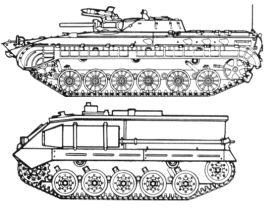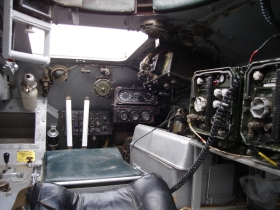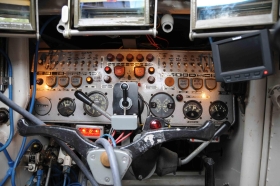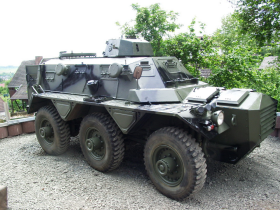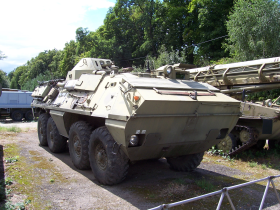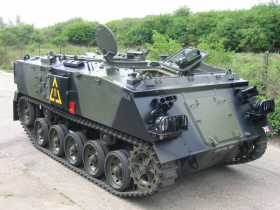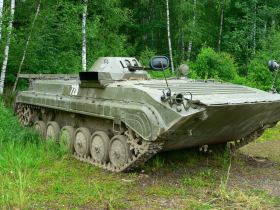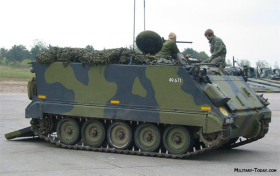A difference in doctrine....
In the post war period the West followed the practice set during the latter days of WW2 where obsolete tank types had their turrets were removed and used to ferry bodies of men to the front line Whilst in transit the troops were protected from hostile fire to some degree ( there was no roof armour so splinters and shrapnel from air bursts would still cause problems). The post-war carriers improved on this by having armoured roof's but remained at heart the euphemistically named "Battle Taxis". One at the front the troops had t dismount and, once outside protection of the carrier were exposed to all that was hostile in the area. The US built M-113 and the UK;s FV-432 are classic examples of this. Inside the vehicles the troops are protected from hostile fire and any NBC (Nuclear, Biological, Chemical) agents that may be present in the battle area.
When the Soviets looked at replacing their ageing carriers they too initially followed this pattern of thinking, However the designers also took on board the lessons learnt from those soldiers who rode into battle on the back of T-34's at Kursk and afterwards and put all these into the vision that started life as Ob'yekt 764 and eventually became known to the world as the BMP (Russian name is "Boyevaya Mashina Pekhoty" - which translates to Fighting Vehicle of Infantry. Thus the Infantry Fighting Vehicle was born! The idea was advanced for it's day in that it presumed the lack of any fixed water crossings was a given and therefore was fully amphibious. Compare this with the "afterthought" approach of the NATO equipment where additional work is required to get the vehicle into amphibious mode. As with it's opposite numbers in NATO the basic design was also modified to cover a variety of roles such as Ambulance, Artillery Fire Control, Command and Control, Signals, Mortar platforms, Radar, Recovery, Engineering etc. Of course - the Soviets added a propaganda platform to this!
Although the initial design of the BMP series had it's faults (what doesn't when it is the first of anything) the core philosophy has remained viable - so much so that the BMP-3 is the latest version in service with BMP-1 and -2's also in the front line with some countries around the world. BMP-4 is on the drawing boards - contrast this with the West's approach in replacing the vehicle types every so often.
Lastly one final point ought to be made. There is a common perception in the Wet that the Warsaw Pact equipment is crude, unrefined and poorly assembled. The truth could not be farther away - look for yourselves at the internal photos on these pages, the finished quality of the equipment may be seen there. Where the stories are true is that the equipment was built to be handled by a conscript, peasant army and as such everything operate in the simplest possible manner. To illustrate - in the 432 or the M-114 steering is done by tiller levers which also control the vehicle braking - there is no brake pedal or handbrake lever. The OT-90 however is like a car in that it has clutch brake and accelerator pedal and a handbrake - a young conscript fresh the farm and it's tractors would have no trouble in controlling one from the start, Compare these photos of the drivers positions in the FV-432 and the OT-90:

